The Economics of the I-49 Connector, Part 3
In the social sciences, equations allow us to stop thinking. They give us license to be lazy, to simply apply rote math to situations that are far more complex than the numbers suggest. When we can give precision -- such as $62,118, 727, which is the so-called agglomeration effect reported on page 40 of the Economic Impacts of I-49 Completion report -- it makes it seem like we know what we're talking about. We might even believe that we do.
In Part 1 of this series we showed how the time savings from construction of the I-49 inner city connector highway in Shreveport, LA is grossly overstated. In Part 2, we looked at the estimated impacts from land development, which are even less real than the mostly fictional benefits claimed from time savings. Today we're going to look at the most insulting part of this report: the agglomeration effects.
Here's how the report explains agglomeration effects (page 14):
Economists have recently recognized network effects and agglomeration economies as important factors driving metropolitan growth. The growth of new technologies since the 1980’s have demonstrated the importance of network effects on production costs and output. Highways are an infrastructure asset with network effects.....Improvements that speed up travel times eliminate congestion. If the improvements are within central nodes of a network, they can improve the efficiency within the entire network. The measurement of the network effects from transportation improvements is through the calculation of agglomeration economics.
Here's how the agglomeration effects are reported in the executive summary (my emphasis):
Increasing the speed of travel in the transportation network drives the expansion of the labor market. Increasing speeds by 10 percent has an effect of increasing labor productivity by 2.9 percent (Prud’homme and Lee 1999). Our analysis suggests that travel times for commuters are reduced throughout the Caddo Parish portion of the network from the completion of the Inner City Build Alternatives. The estimated agglomeration economies from this network change are approximately $60 million per year.
Increasing speed by 10% increased labor productivity by 2.9%. That's a sweet correlation an economic analyst can ride all the way to the bank. According to something called Prud'homme and Lee, all that is needed is to show that people can get places more quickly (at least theoretically) and we can claim all kinds of economic benefit.
So what is Prud'homme and Lee?
That sweet correlation being applied to a highway improvement in Shreveport, Louisiana, comes from a study titled Size, Sprawl, Speed and the Efficiency of Cities by two researchers named Remy Prud'homme and Chang-Woon Lee. They are from, respectively, the University of Paris XII and the Korea Transport Research Institute.
If you read the seventeen-year-old report, two things will jump out at you. First, the authors make it clear in numerous places that this is anything but a definitive study. It's almost like they are continuing a conversation that they hope their peers expand. There is a lot of hedging and context provided, the kind of thing you'd expect in a social science.
The other thing that just bashes the American reader over the head is how speed is simply one aspect of the efficiency measurement the authors are seeking. In fact, look at the title: Size, Sprawl, Speed... It's the third attribute they cite and for good reason. Here's how they introduce the entire report (page 1):
Some cities are more efficient than others. Why? At a time when most people live and most activities take place in cities, identifiying the determinants of the efficiency of cities is of importance not only for city planners, but for also for macroeconomists. This paper considers three potential determinants of urban efficiency... the size of the city, the speed at which people and goods are moved in the city, and the sprawl or the relative location of jobs and homes in the city.
In fact, in the introduction the report authors clearly emphasize that size of an urban area has a huge impact on productivity. In a very Strong Towns way, they point out that there are some seriously diminishing returns to outward expansion. They write:
The relationship between urban productivity and urban size has been recognized and studied for a long time. In a seminal contribution, Alonso (1971) developed a model that assumed that both benefits and costs increased with city size, with the benefit curve increasing less and less and the cost curve increasing more and more. (page 1)
There are benefits for cities to grow bigger, but at some point the costs start to accelerate far beyond the benefits. Strong Towns 101.
Where might Shreveport be in comparison?
“If we studied the sleeping and eating habits of infants and were able to create a correlation — say, for every 12 hours of sleep and half gallon of milk their weight increases by 1% — it would be absurd to apply that ratio to a retiree.”
One of these things is not like the other.
If we studied the sleeping and eating habits of infants and were able to create a correlation -- say, for every 12 hours of sleep and half gallon of milk their weight increases by 1% -- it would be absurd to apply that ratio to a retiree. An infant and a retiree have two completely different physiologies, are at two different phases of development and live day-to-day with two very different sets of goals. In fact, for a doctor it would be malpractice to apply such a correlation. That's especially true if that physician were being paid -- directly or indirectly -- by the sleep and dairy industries.
Here are the data sets for the Prud'homme and Lee study:
The hypothesis that the productivity of a city is a function of the effective labor market size of the city is supported by the few case studies that we have conducted on this topic. A first study compares three Korean cities: Seoul, Busan and Daegu. (page 5)
A second study compares 22 French cities, excluding Paris, for which transport surveys were available, making it possible to calculate effective labor market sizes. (page 6)
Three Korean cities and 22 French cities. There is no list of the French cities but, for comparison purposes, I wanted to get a sense of what a French city the size of Shreveport would look like. I narrowed in on a place called Saint-Étienne, which has roughly the same population as Shreveport. Despite having the same number of people, Saint-Étienne is 30.9 square miles while Shreveport is 120.8 square miles or 3.9 times the land area.
Again, the Prud'homme and Lee study considers size, sprawl and speed; three variables, not one. I've picked a French city of comparable size. Using Google Earth, I randomly chose four sites within each city limits -- I welcome you to look at others (Saint-Étienne / Shreveport) -- to get a sense of whether the key variable here that would increase efficiency would more likely be sprawl or speed. I think it's pretty clear that speed is not the key differentiator.
Saint-Étienne
Population 202,000 in 30.9 Square Miles
Shreveport
Population 200,000 in 120.8 Square Miles
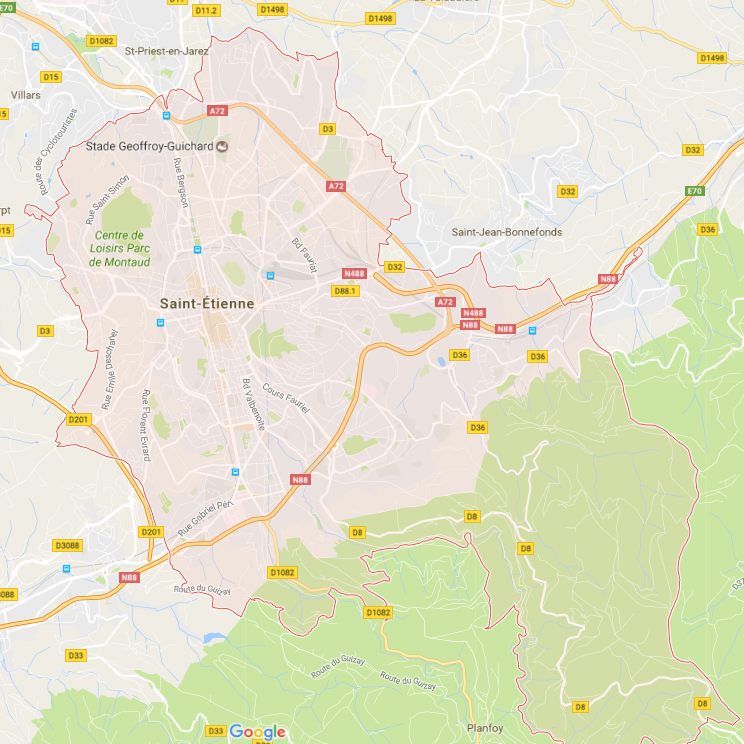
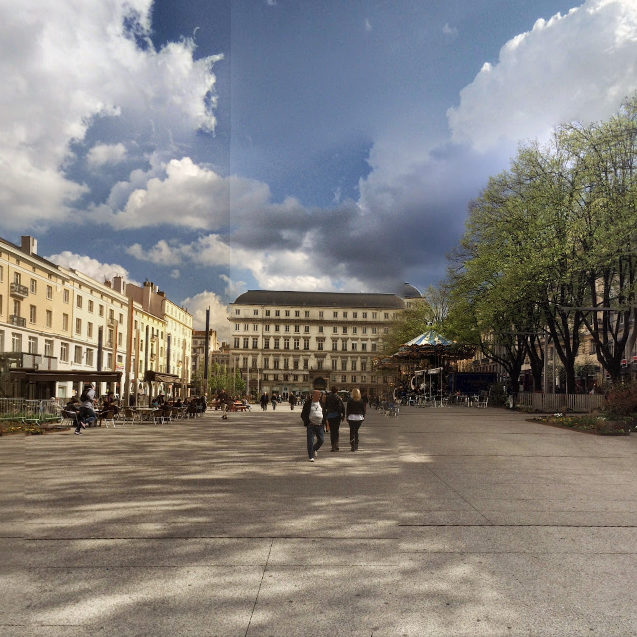
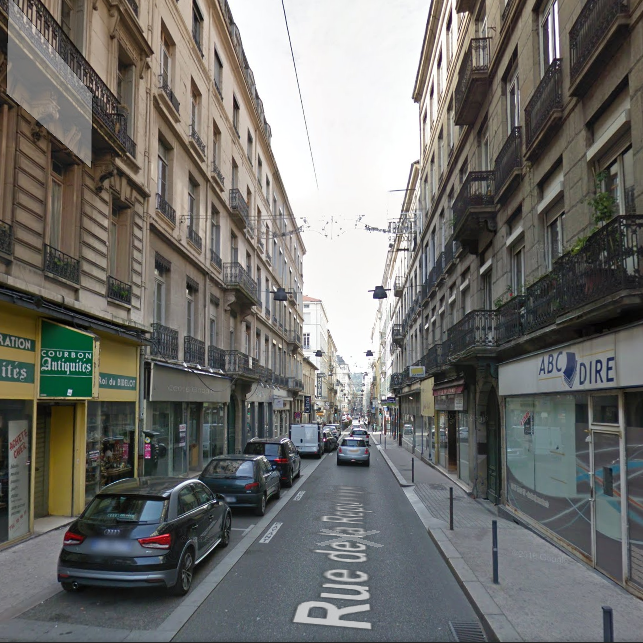
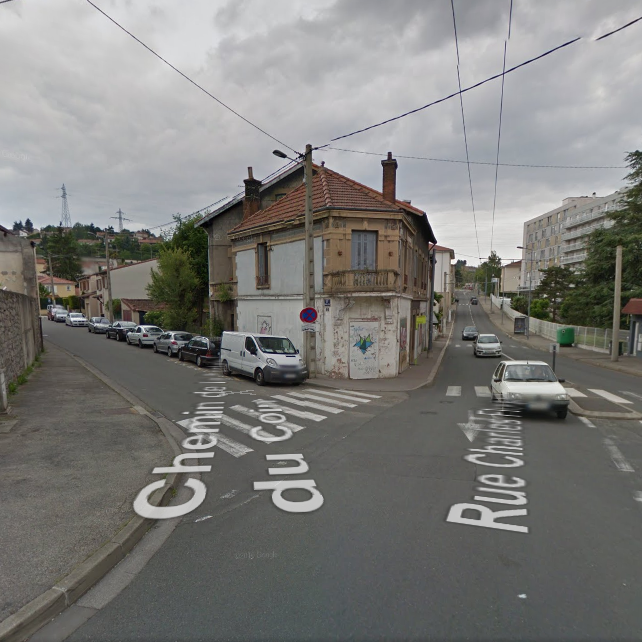
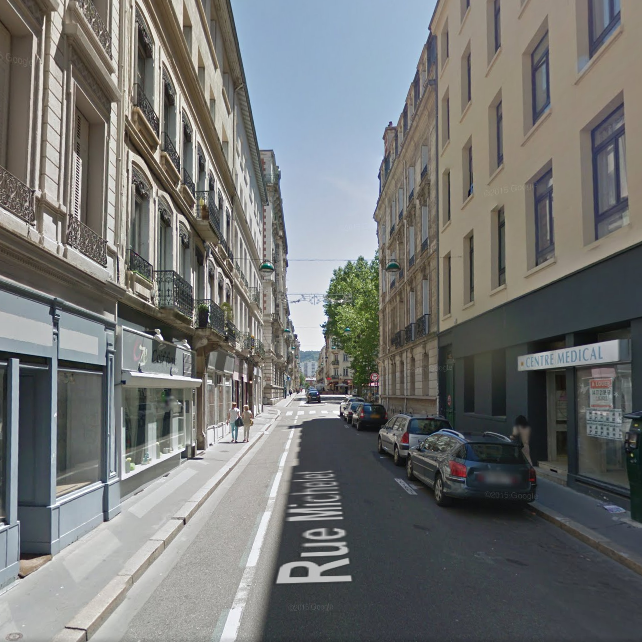
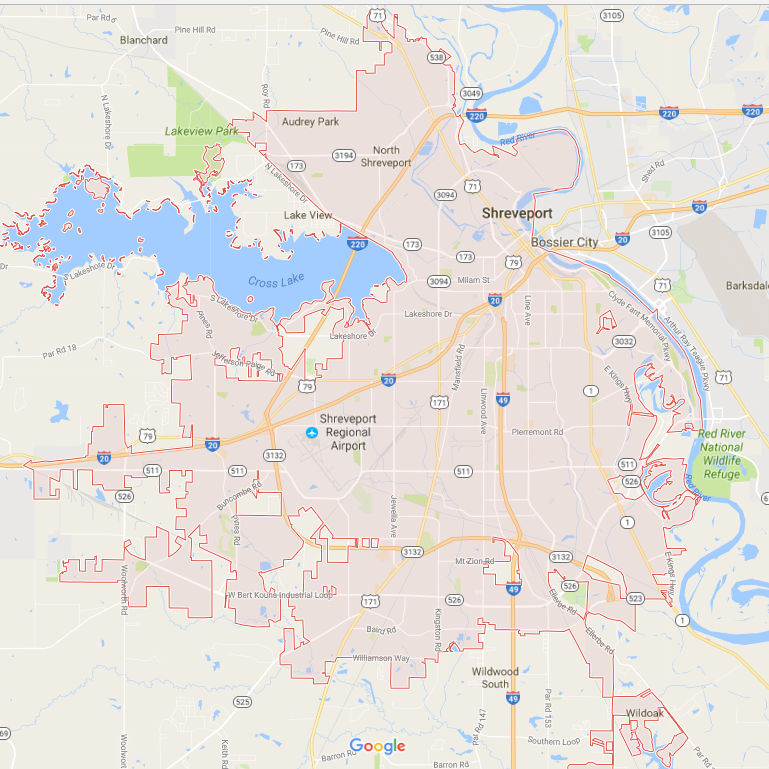
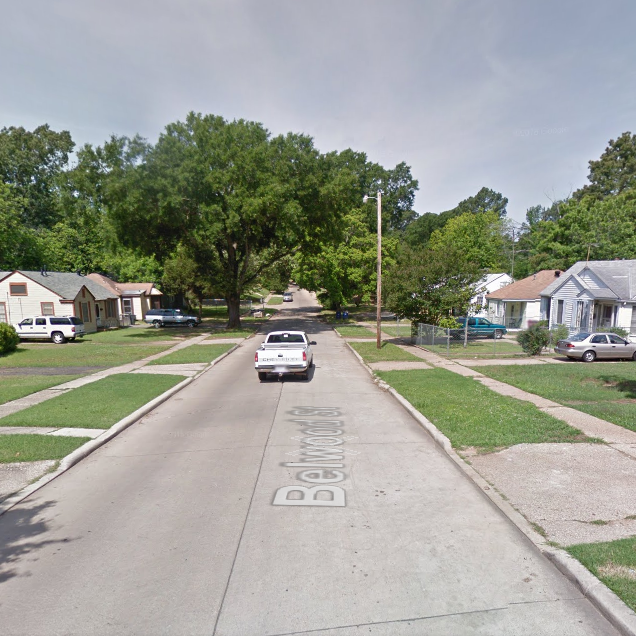
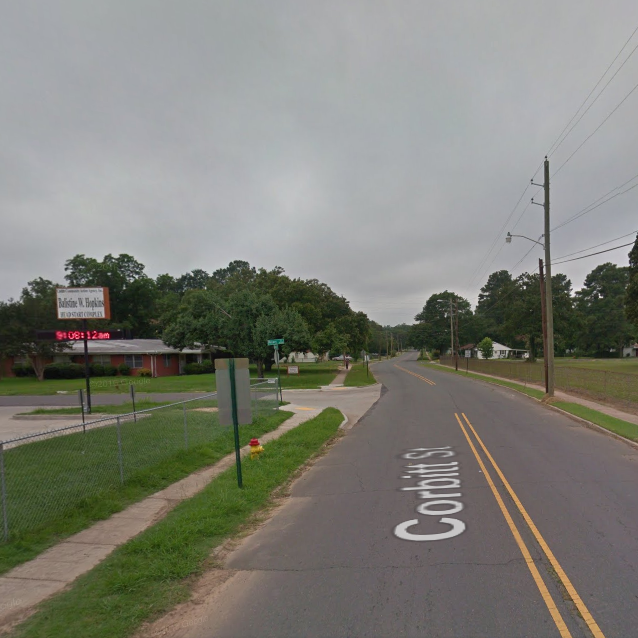
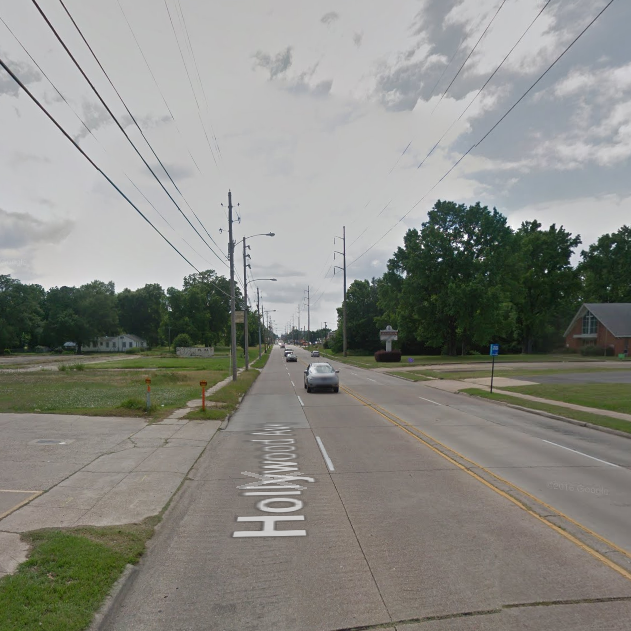
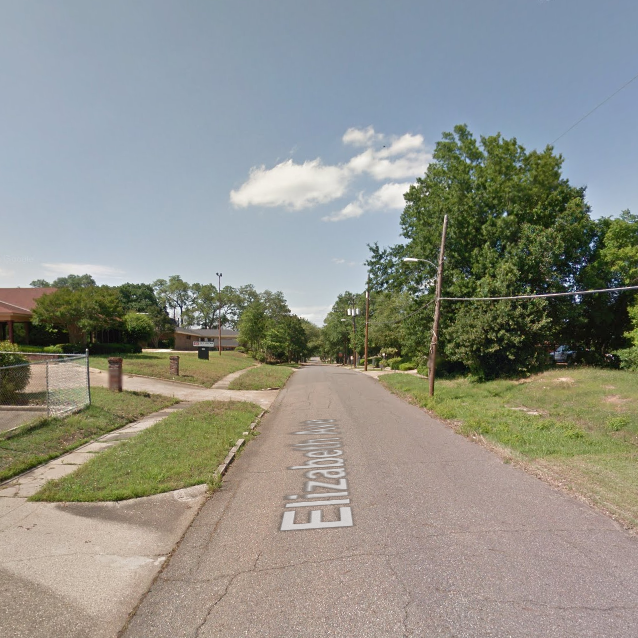
I'm not making these comparisons to suggest that Shreveport should become Saint-Étienne. To the contrary, I'm pointing out that Shreveport is nothing like Saint-Étienne. To cherry pick one convenient correlation out of a study of cities like Saint-Étienne and then apply it to Shreveport is bizarre.
Cherry-Picked Correlations are Insulting.
So here's another correlation from the Prud'homme and Lee study, one that somehow didn't make it in the Economic Impacts of I-49 Completion report:
When the average potential job-home distance increases by 10%, the effective size of the labor market decreases by about 11.5%. (page 10)
The Saint-Étienne rail system.
In other words, the more you spread things out, the harder it is for people to get to work. Notice the correlation is distance, not speed. Did the report authors look at this correlation and decide that it didn't apply to Shreveport? They would have good reason; this correlation doesn't apply.
To state the obvious: French cities are very different than American cities. For one, a French city with the population of Saint-Étienne / Shreveport is going to have a well-developed transit system. The Prud'homme and Lee study was considering modest increases in the operational efficiency of these systems as a way to move people through a dense city.
Shreveport, by comparison, has a comparatively pathetic transit system. There is no rail. Bus service does not have the frequency to be considered reliable. It is a place overwhelmed -- except for a short period of time in a limited space -- with excess auto capacity.
The idea that increasing auto speeds in Shreveport would have the same impact -- or even anything near the same impact -- as improving transit efficiency in a place like Saint-Étienne is insulting. No earnest and forthright person could read the Prud'homme and Lee study and conclude that it would apply to a place like Shreveport.
From page 11 of Prud'homme and Lee:
The —admittedly limited— data supports the theory that the efficiency of a city is a function of the effective size of its labor market, and that this labor market size is itself a function of the overall size of the city, but also of its sprawl and of the speed at which trips in the city are made.
The Economic Impacts of I-49 Completion study is merely a propaganda document. It cites time savings benefits that do not correlate to the way people actually value their time and completely overlooks the effect of induced demand. It fabricates development impacts with wild assumptions that have no internal consistency while overlooking adverse impacts of jobs that are merely shifted from one place to another. It cherry-picks correlations from non-applicable studies while ignoring the more applicable -- and damning -- aspects of the same study. It is not rigorous. It should not be cited by anyone trying to represent the actual economic impacts of the I-49 inner city connector.
The report doesn't even mention the cost of the project, as if benefits -- fabricated or not -- are in complete isolation of cost. It's insulting.
“As you read this, a document just like the Economic Impacts of I-49 Completion is being circulated in your community to justify some crazy project that should never see the light of day. This needs to end.”
I'm going to finish this three part series with a quote from Part 1:
Before I get too far into this, let me give a disclaimer of sorts. While I'm going to show you, in a three part series, how the conclusions of this report are nothing but propaganda -- outright fiction that should outrage everyone -- I'm going to point out that this isn't the fault of the report's authors. They are merely following standard industry practice which, in this case, is largely determined by the federal government.
You can look at federally funded projects from around the country and they are going to contain the same fictions spun into a seemingly-rigorous narrative for project proponents to use. It's an industry problem, so direct your outrage accordingly.
The next time you hear someone say that we need hundreds of billions, even trillions, more federal dollars for infrastructure just know that we're all Shreveport. As you read this, a document just like the Economic Impacts of I-49 Completion is being circulated in your community to justify some crazy project that should never see the light of day. This needs to end.
(Top Image from LA DOT)



Charles Marohn (known as “Chuck” to friends and colleagues) is the founder and president of Strong Towns and the bestselling author of “Escaping the Housing Trap: The Strong Towns Response to the Housing Crisis.” With decades of experience as a land use planner and civil engineer, Marohn is on a mission to help cities and towns become stronger and more prosperous. He spreads the Strong Towns message through in-person presentations, the Strong Towns Podcast, and his books and articles. In recognition of his efforts and impact, Planetizen named him one of the 15 Most Influential Urbanists of all time in 2017 and 2023.